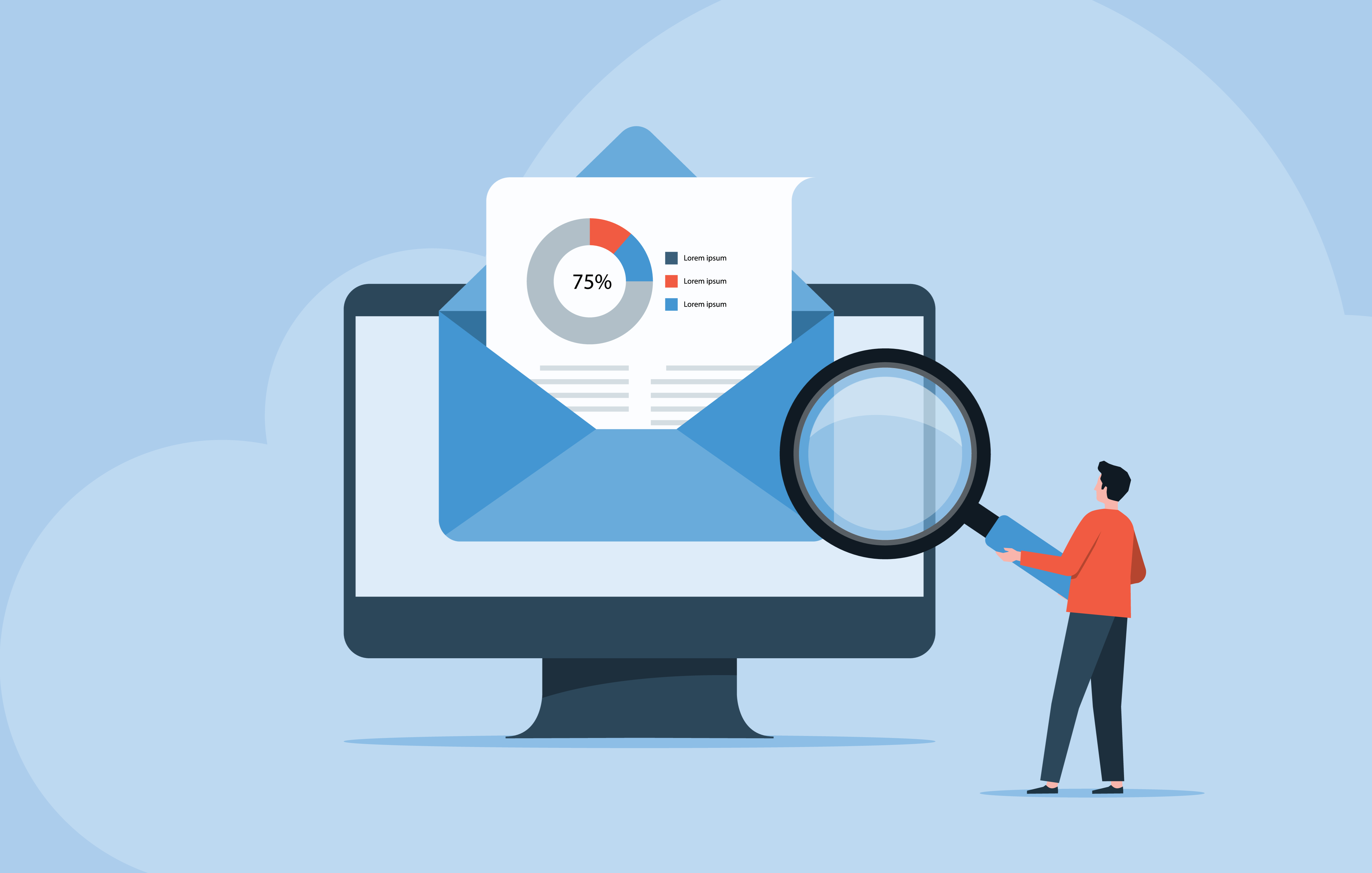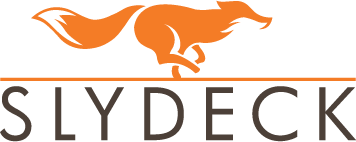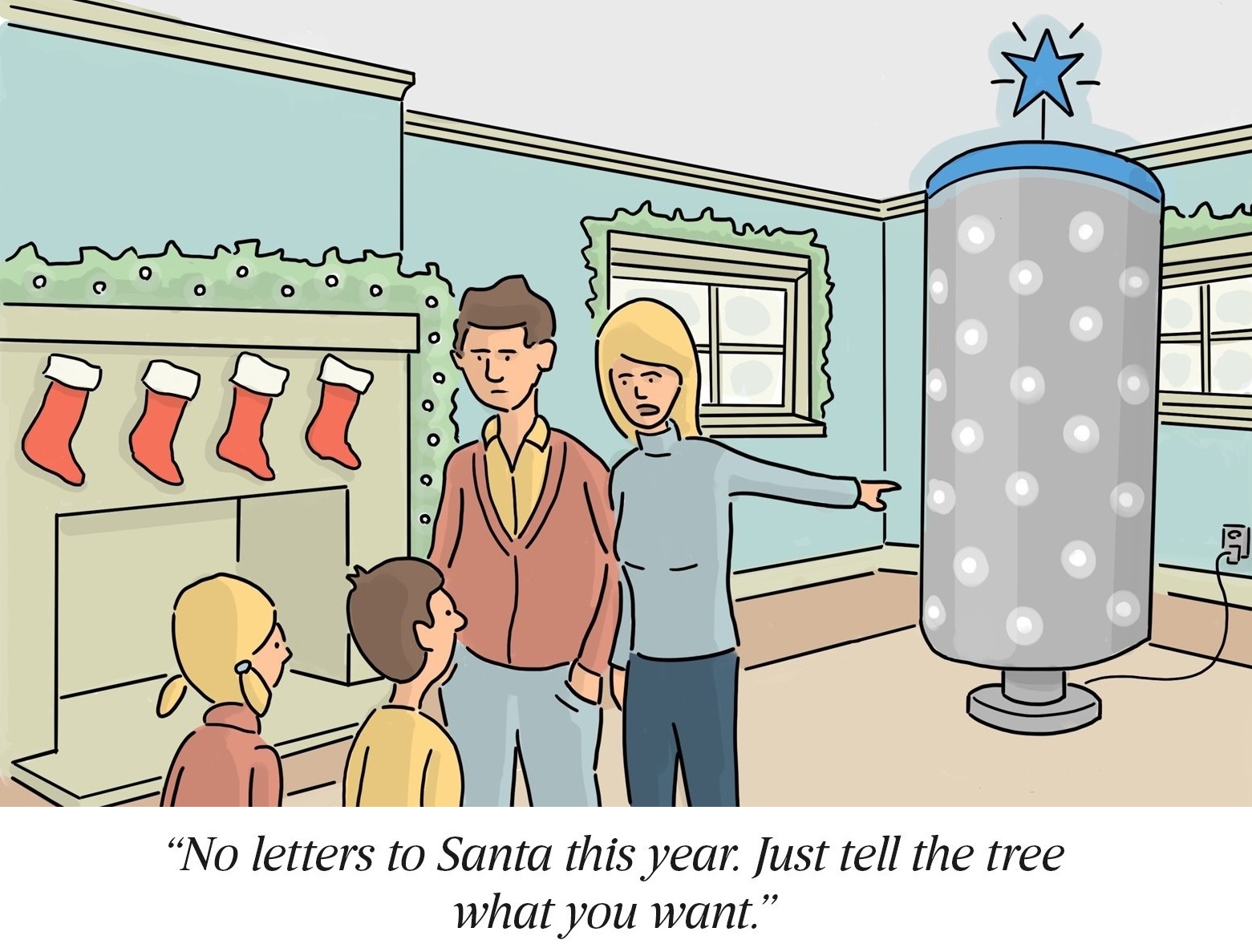Guest blog by Andy Quintana and Callum Davidson, Slydeck
Guest blogs are written by contributors outside of HawkSoft. The author's views are entirely their own and may not reflect the views of HawkSoft.
Today’s technology can provide analytics on almost everything, but this will only add value for your agency if you know what you’re looking and listening for, and how to make use of the data. Today we’re taking a look at what document listening is, why it’s helpful for an agency, and how to turn the insights into ROI for you.
This article at a glance:
- Listening in 2020 and beyond
- How proposals and documents tell stories
- Understanding content hotspots and taking action
- The ROI of document listening
Listening in 2020 and beyond
2020 found most of us working from home—some of us for the first time ever. It can be difficult to maintain contact with our colleagues and clients when our only method of communication is email, phone, or the new and already dreaded video conference, particularly if we’re used to meeting in person to ask questions, review policies & proposals, or build strong relationships. It doesn’t look like this situation will change any time soon and remote work may well become the “new normal” for many of us.
So, let’s learn from that and take the indicator: 2020 has given us a huge opportunity to prepare and be ready for remote work because fewer people want to meet in person. To win, we need to adopt new habits and embrace technology like never before. There’s no room for complacency.
With this in mind, we need to find new ways to stand out from the crowd and differentiate ourselves and our business from the other agents and agencies. Customers may simply use more online tools and interact less with our agency. They may request quotes and disappear when they find a policy they feel suits them without ever calling to ask questions or provide additional information we can use to refine our offering. How many times do you hear, “send me a quote” and then…nothing. You’re left wondering:
- Did they even look at your proposal or quote?
- Should you call them back, hope they answer, then ask a lot of questions just to see if they’re even interested?
- Did you take the opportunity to cross-sell products and provide better service, all at the same time, without seeming “pushy”?
- Does the customer feel you understand their needs better than the other 6 agents they talked with today?
Sound familiar?
How proposals and documents tell stories
If you knew the answers to those questions were actually in the document itself, would that increase your chances of binding a policy on the first follow-up call? Customers that don’t actively engage with your documents or spend time reading them usually don’t buy except, perhaps, if your price is the lowest. That isn’t “value add” and doesn’t differentiate you, or us, as a trusted advisor or provider.
However, if you knew they read your proposal and spent time looking at the premiums table or focused heavily on endorsements, would you focus your call on those items? I suspect so. You are more informed about what the customer is interested in, and they feel you understand their needs better because you’re talking about what they want to hear. Your chance of success just went up significantly.
Documents talk… but, are you actually listening?
Services that provide analytics and insights on sent documents can help you “listen” to your documents by providing valuable insights like:
- Customer and prospect engagement data to help you focus on those who opened and actually read documents
- Automatic, real-time notification when someone is engaging with a document, which is the best time to reach out to them
- What pages readers viewed and spent the most time on, which can help you know what to focus on when you follow up and what their questions might be
- Who they are sharing the documents with—are you talking to the right decision makers?
- Agency-level insights for owners, like which agents are sending the most documents and which proposals are getting the most interaction so you can learn from them
Understanding content hotspots and taking action
When you are automatically notified when someone is engaging with a document, it is easier to follow up at the moment of interest—you are top of mind in the customer’s eyes when they just looked at or are actively looking at your documents. And if you know how and where they engaged with the document, your follow-up can better speak to the specific needs of the prospect or customer.
Take the example below, where 49 seconds were spent on page 4. You are likely to guess they reasonably skimmed through your document and page 4, which may have been the coverage page and not the premium page. Which was of more importance to them? Changes your conversation, doesn’t it?
You can now take a different approach to reaching out and following up: streamlined auto-notification, follow-ups at the moment of interest, and a more pointed discussion around what your customer wants and is important to them. This is a game changer.
The ROI of document listening
Fortunately, technology moves rapidly and listening is easy. But what value does it bring to listen to documents? There is quite a bit and I will start by saying the average agency that has 7 producers, each sending 10 documents via email per day, will actually send out over 18,000 documents per year. Based on a 10% win rate and average premium of $1,200 you get over $2M in premiums bound per year.
If employing document listening, which helps you target your most engaged prospects and tailor your approach more closely to their needs, increases your close ratio by even a conservative 9%, it would amount to $196,560 in additional premiums sold in a year.
With most document listening platforms being relatively inexpensive, at around $20-30 a month per user, the ROI of such a tool is enormous—we calculated it at over 8,000% for our product in the first year, far more than paying for itself by the first month. The question becomes why wouldn’t you use a tool that helps you produce more business, more commission, and less overhead?
Listen and learn
There are lots of indicators in the market and 2020 pointed a few out very blatantly. Understanding intent and engagement data is more critical now than ever as there is less human contact happening overall. Take advantage of tools that help you differentiate your agency to be more in tune with your prospects’ and clients’ needs.
We'll run the numbers with youFeel free to contact us—we'd be happy to spend time with your agency and run the ROI numbers with you. Callum Davidson, Co-founder: Callum@slydeck.io |







